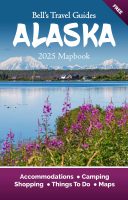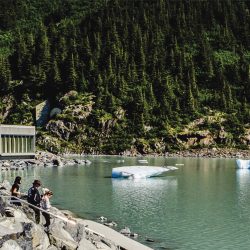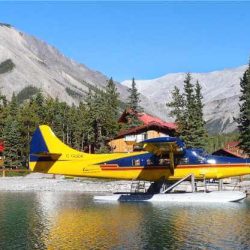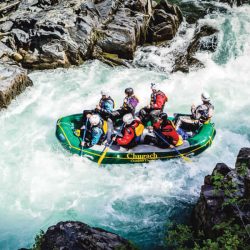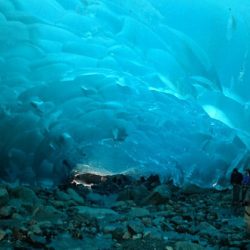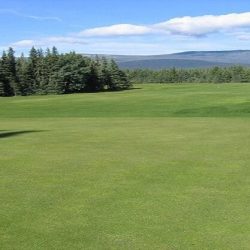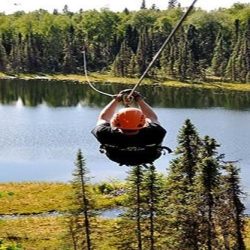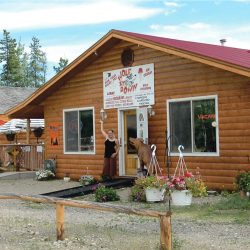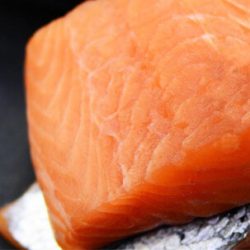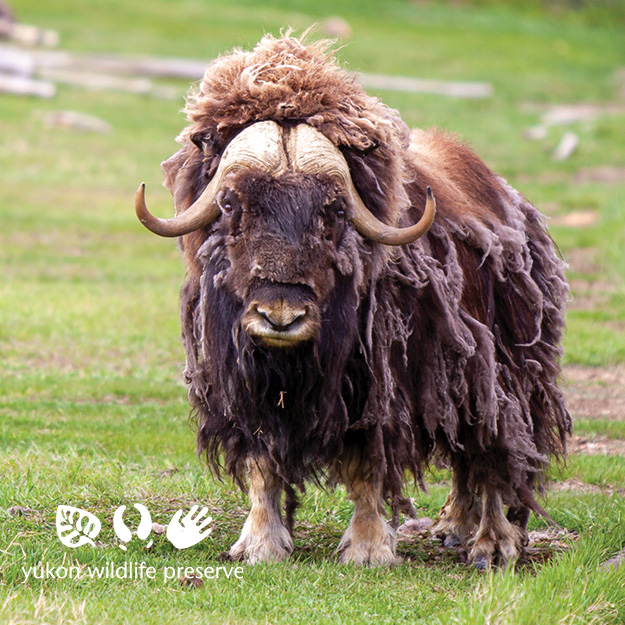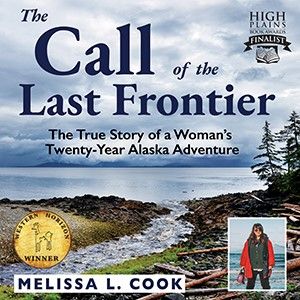Prince of Wales Island is part of the Alexander Archipelago and is the third largest island in the United States yet the population is less than 5,000 people. It was the traditional home of the Tlingit people who lived there for centuries, however, in the late 18th century the territory was taken over by the Kaigani Haida.
Prince of Wales Island is one of the most unspoiled wilderness places in North America and yet it is highly accessible. A road system that is over 1500 miles long spans the Island. It consists of mostly gravel roads that were originally built by the logging industry. These roads access the Tongass National Forest, which comprises much of the Island. Most of the roads and highways on the island have been designated as Alaska Scenic Byways for their incredible scenery, bountiful wildlife and access to Native culture and historical artifacts.
There are a dozen communities on Prince of Wales that range in size from 40 to 1000 residents.
Craig is the largest and most developed town on Prince of Wales island and has a population of around 1,000. There are restaurants, lodging, fuel and fishing charters. Craig got its start in 1908 when a fish curing plant was built and the community was named for Craig Millar, who operated the plant. Commercial fishing is the main industry in Craig and much of Prince of Wales island.
Klawock, just 7 miles north of Craig, is known as the crossroads of the island. This is where the paved Scenic Byways intersect. There are approximately 850 residents in Klawock. This is also the only town on POW that has an airport runway. Originally a Tlingit summer fishing camp, it became the site of Alaska’s first salmon cannery in 1878. There is also a Totem Park with 21 masterfully carved totems.
Coffman Cove began as a logging camp and is now an adventure destination with hiking, kayaking, fishing and boating. There is also lodging, a gas station, tavern and guided fishing charters.
Hollis, on the eastern side of the island, may only have a population of around 160 people, but most visitors will see it, as it is the port for the Inter Island Ferry.
The Inter Island Ferry operates passenger/vehicle ferries with daily round trip service between Hollis and Ketchikan. Call 866-308-4848 for reservations.
Thorne Bay, was once home to the world’s largest logging camps in the 1960s. It’s now home to around 500 residents who can enjoy the nearby fishing, hiking, camping and clamming.
Many of Prince of Wales visitors come for the exceptional hunting of Sitka black-tailed deer, large black bears and waterfowl. The U.S. Forest Service allows visitors an opportunity to see wild bears up close at the Dog Salmon Fish Pass Wildlife Viewing Site. Elevated walkways overlook bears feeding on salmon. The viewing site is around 2 hours by car from Craig.
El Capitan Cave Interpretive Site is the largest known cave in Alaska and is one of the longest-mapped caves in North America. The U.S. Forest Service operates a cave tour, however, the trail to the cave is strenuous and steep, consisting of 367 stairs.
Prince of Wales Visitor Information available at www.discoverpowisland.com
History of Prince of Wales Island
Prince of Wales was the traditional home of the Tlingit people who lived there for centuries, however, in the late 18th century the territory was taken over by the Kaigani Haida.
On July 15th, 1741, Aleksei Chirikov, commanding a ship on Vitus Bering’s second voyage to the area, is believed to have made the first European landfall on Prince of Wales Island. He attempted to land men on the Island but lost both of his small boats in mysterious circumstances and was forced to abandon his efforts. Spanish, British and Russian explorers all made frequent stops on the Island trying to establish dominance but no country was successful.
